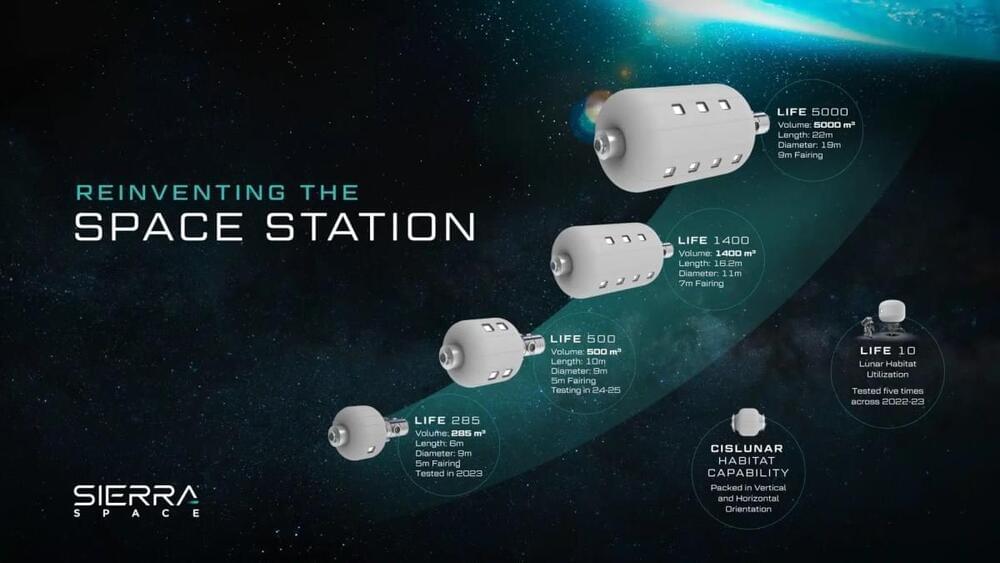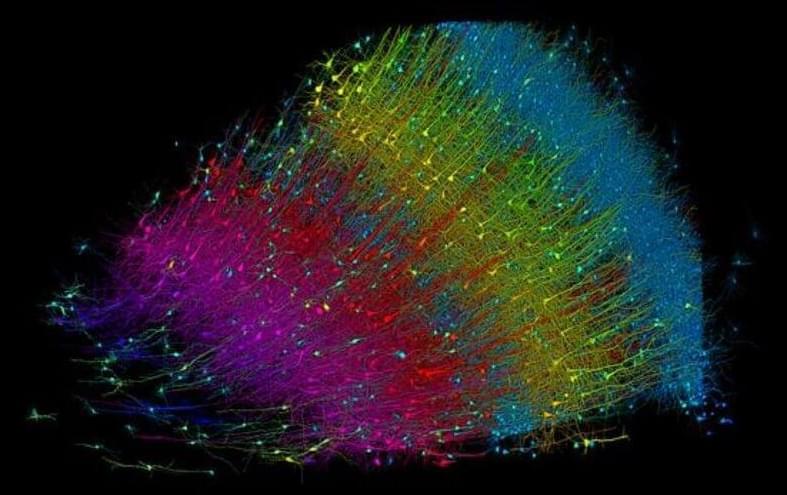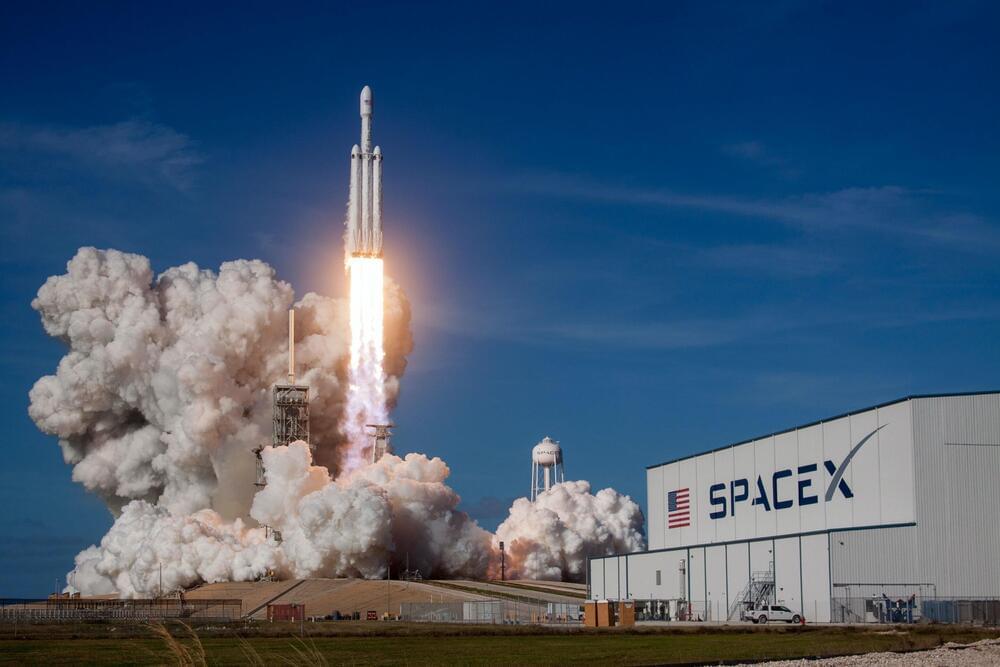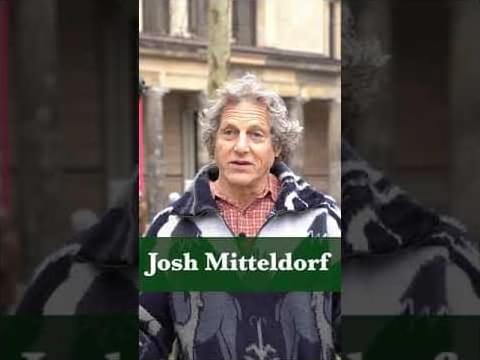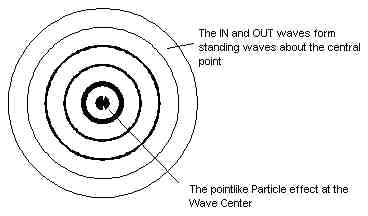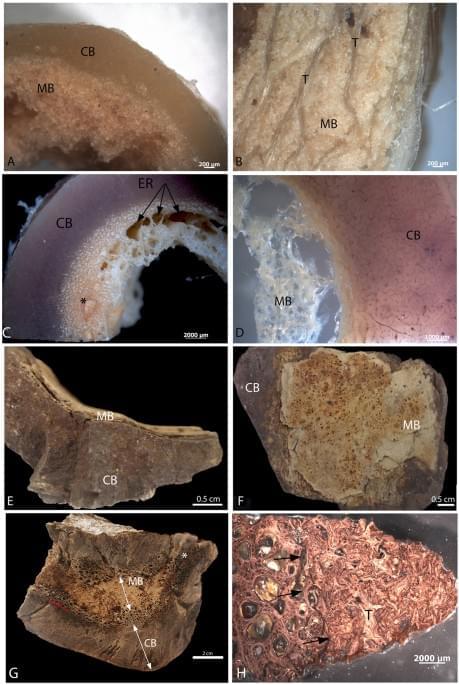In the rapidly evolving landscape of space exploration, private companies are increasingly taking the lead. One company at the forefront of this commercial space revolution is Sierra Space. With its innovative inflatable habitat modules and ambitious plans, Sierra Space is poised to play a pivotal role in building the next generation of space stations and lunar habitats.
Summary: Researchers created the largest 3D reconstruction of human brain tissue at synaptic resolution, capturing detailed images of a cubic millimeter of human temporal cortex. This tiny piece of brain contains 57,000 cells, 230 millimeters of blood vessels, and 150 million synapses, which amounts to 1,400 terabytes of data.
This research is part of a broader effort to map an entire mouse brain’s neural wiring, with hopes of advancing our understanding of brain function and disease. The technology combines high-resolution electron microscopy and AI-powered algorithms to meticulously color-code and map out the complex neural connections.
Summary: Preschool children actively influence their own development to align with their genetic dispositions. By examining how toddlers interact with their environment, including activities like reading and puzzles, researchers found that children’s preferences impact how they engage in cognitive stimulation at home.
This active involvement helps shape their brain development alongside environmental factors. The findings emphasize the dynamic interplay between genetics and environment in early childhood, challenging the traditional views of passive developmental processes.
Billionaire Jared Issacman, who flew to space once with SpaceX, is already set for launch No. 2 in early summer.
The mission calls for new spacesuits introduced this past weekend designed so the crew can survive the plan to suck out all of the air of the spacecraft and allow Issacman and a crewmate to make the first commercial spacewalk in history.
Flying on the Crew Dragon Resilience again, the mission dubbed Polaris Dawn is the first of up to three flights Issacman wants to fly, culminating in what is supposed to be the first crewed mission of SpaceX’s Starship.
Irina Conboy, Michael Conboy and Josh Mitteldorf discuss one of the central questions in aging research: is aging an active process of the body or is aging a passive process of damage accumulation? See the whole debate on our YouTube Channel: @HealesMovies Josh Mitteldorf, PhD, runs the blog “Aging Matters” (https://joshmitteldorf.scienceblog.com/) and is a consultant in mathematical modeling and creative data analysis. His research areas include evolutionary ecology, biology of aging, and the epidemiology of COVID-19. On the field of aging research, he has published two books,” Cracking The Aging Code”, co-written with Dorion Sagan (https://www.amazon.com/Cracking-Aging-Code-Science-Growing/d…atfound-20 and “Aging is a Group-Selected Adaptation” (https://drive.google.com/file/d/1bs0faQEV3T9cu-Eq079-e5bIGgMwNH08/view). Heales website (Healthy Life Extension Society): https://heales.org/ Subscribe to our newsletter: https://heales.org/newsletter/ Contact e-mail: [email protected] #science #aging #rejuvenation #biology #health #longevity #antiaging #debate #stemcells #programmedaging #entropy #cancer #conboy #conboys #mitteldorf Music: Closer To Your Dream by Keys of Moon | https://soundcloud.com/keysofmoon (CC BY 4.0)
On Truth and Reality — Uniting Metaphysics, Philosophy, Physics and Theology (Science and Art) from One Thing, Absolute Space and the Spherical Standing Wave Structure of Matter. From Matter as ‘Particles’ generating ‘Fields’ in ‘Space-Time’, to Matter as Spherical Standing Waves in Space. The Wave-Center Causes ‘Particle Effect’, Wave Motion of Space Causes ‘Time’, Wave Interactions cause ‘Forces / Fields’
The funding would provide Musk’s venture, which is behind the Grok AI chatbot, a welcome boost in its efforts to catch up to AI rivals like OpenAI, Google and Anthropic.
Previously seen mainly in rural areas, abandoned houses or “akiya” are now spreading to major cities like Tokyo and Kyoto.
face_with_colon_three year 2008.
Putting more meat on the theory that dinosaurs’ closest living relatives are modern-day birds, molecular analysis of a shred of 68-million-year-old Tyrannosaurus rex protein — along with that of 21 modern species — confirms that dinosaurs share common ancestry with chickens, ostriches, and to a lesser extent, alligators.
The work, published this week in the journal Science, represents the first use of molecular data to place a non-avian dinosaur in a phylogenetic tree that traces the evolution of species. The scientists also report that similar analysis of 160,000-to 600,000-year-old collagen protein sequences derived from mastodon bone establishes a close phylogenetic relationship between that extinct species and modern elephants.
“These results match predictions made from skeletal anatomy, providing the first molecular evidence for the evolutionary relationships of a non-avian dinosaur,” says co-author Chris Organ, a postdoctoral researcher in organismic and evolutionary biology at Harvard University.
Year 2016 face_with_colon_three
Scientific Reports — Chemistry supports the identification of gender-specific reproductive tissue in Tyrannosaurus rex. Sci. Rep. 6, 23099; doi: 10.1038/srep23099 (2016).
